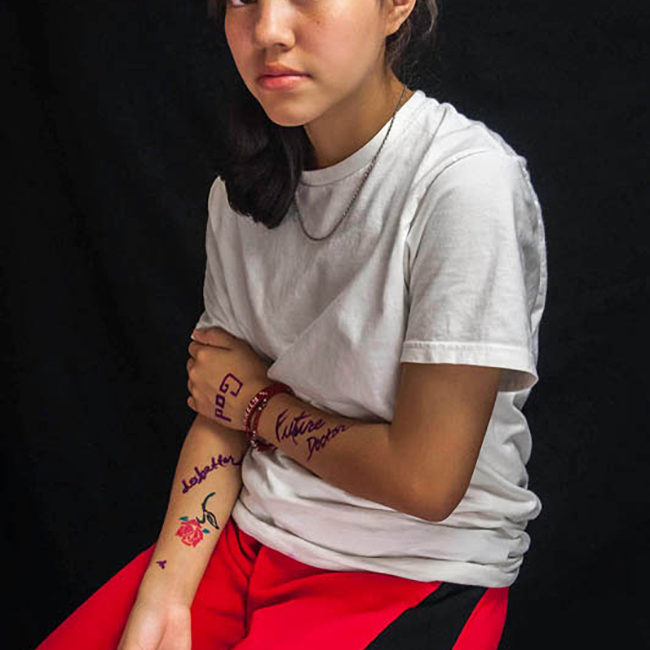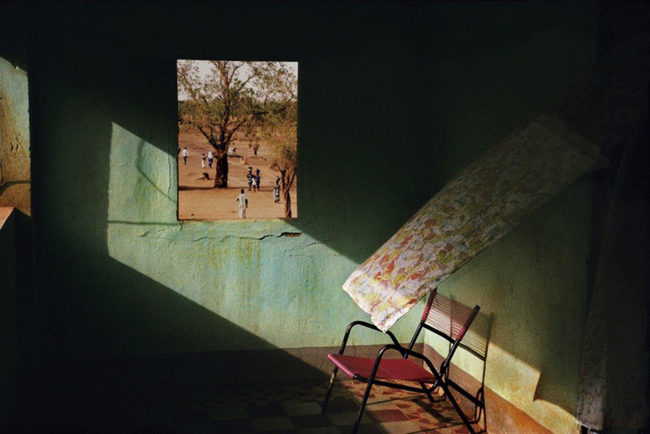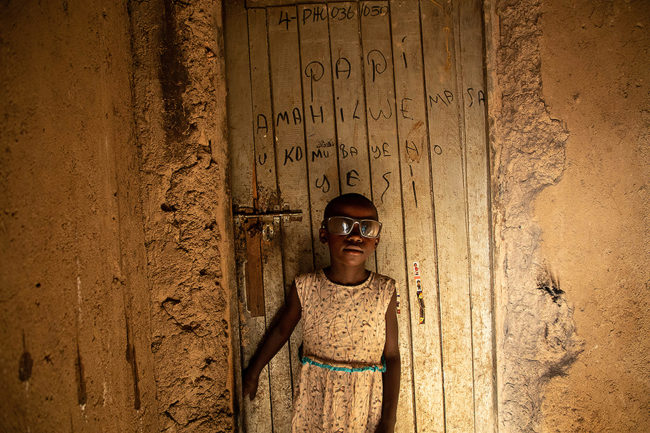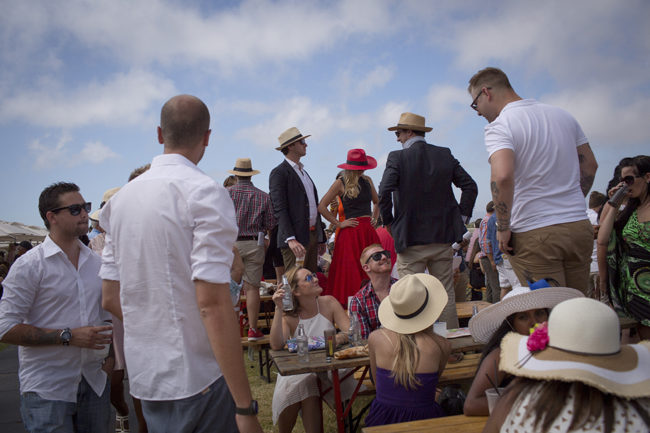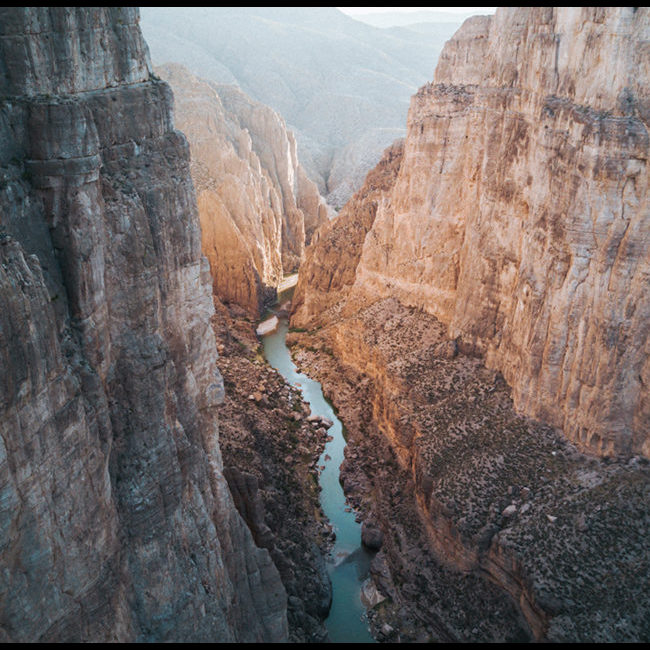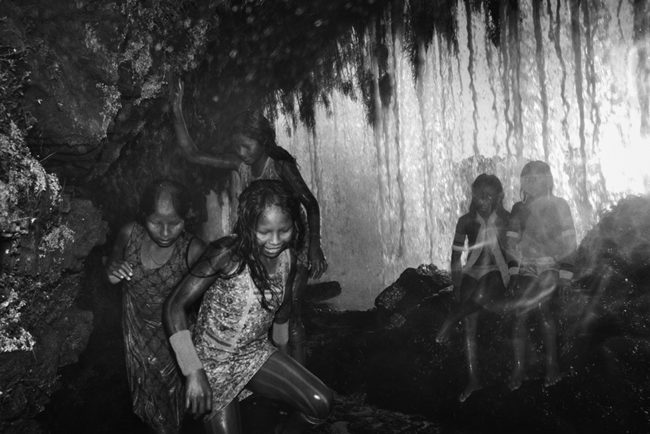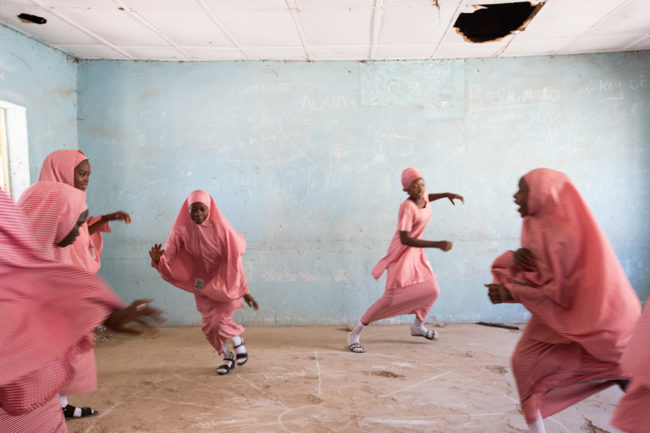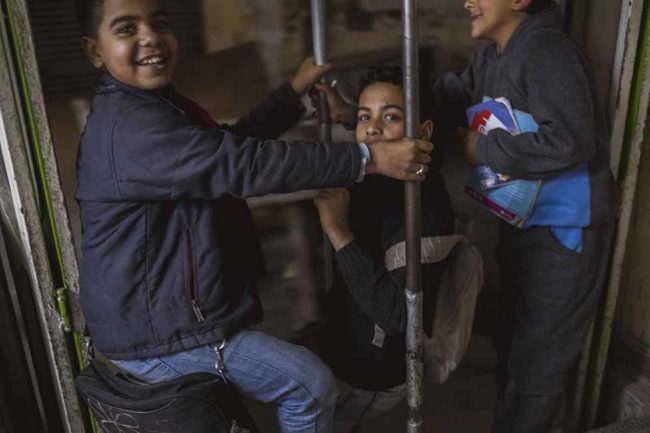In its 70-year history, Magnum has been many things to many people. Founded to give its members more control over the stories they covered and how their images were used, the collective evolved into, among other things, a repository of photographic history, an advocate for documentary photography and a brand. On the occasion of its 70th anniversary, a new book and exhibition at ICP search for the broader meaning of Magnum. Magnum Manifesto collects more than 500 images made by the collective’s members. It also presents documents pulled from its archives, dating from the collective’s founding to the present. The project celebrates the images that have embodied its mission and reveals that the collective has struggled with how to proceed right from the start.
The photographs are organized chronologically and grouped into sections that correspond roughly to themes: human rights, identity, and political change. The images come from iconic photo essays and special projects, such as the corporate commissions that became common in the 1970s and ’80s, and group endeavors such as the Rochester Project, for which ten members documented Kodak’s hometown after the Great Recession. The documents reproduced in the book include the company’s 1947 Certificate of Incorporation, which states that the agency’s purpose is, among other tasks, “to carry on the business of photography.” One of the more recent documents is Alec Soth’s candid letter to the Magnum community, written hours before they voted to make him a member. In it, the art photographer worries about his place in the organization: “Is this just cold feet, or is this marriage a mistake?” he asks.
Throughout Magnum’s history, one theme has recurred: Perpetual economic crisis followed by miraculous survival, “which even today remains at the heart of the agency’s legend,” writes Clara Bouveresse in the book’s preface. (Bouveresse began researching the agency’s archive while working on her doctoral thesis.) Robert Capa himself, in a 1952 report on the first five years of the agency, noted, “The basic fact is that free lance [sic] photography is a nearly hopeless proposition.” He added, “And [yet] we are existing.” Arguably, not much has changed. —REBECCA ROBERTSON
In addition to the ICP exhibition, there are shows and events celebrating Magnum at Fulton Center, Milk Gallery, NeueHouse and at FIAF gallery, Staley Wise gallery, and The Rubin Museum of Art.
Related Stories:
Henri Cartier-Bresson in India
Henri Cartier-Bresson: Here and Now
How I Got That Grant: The $5,000 Inge Morath Award
